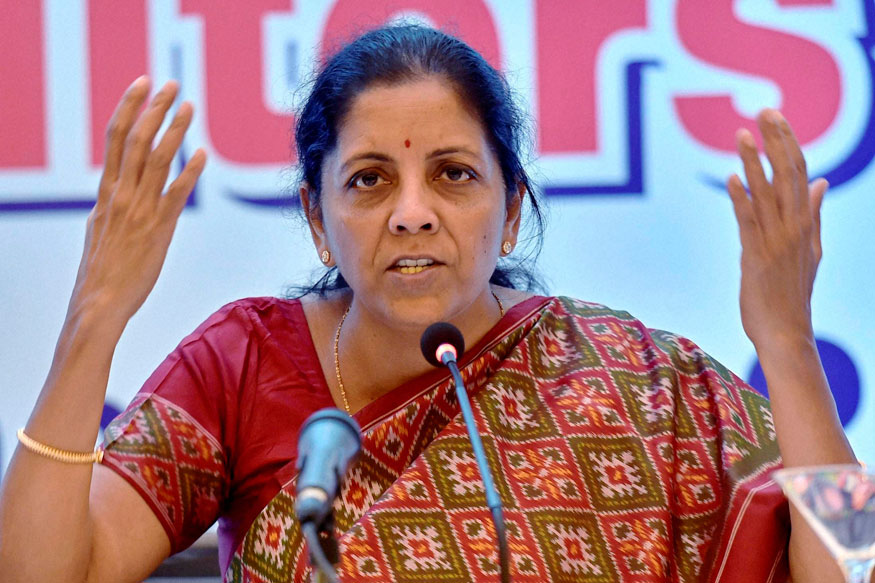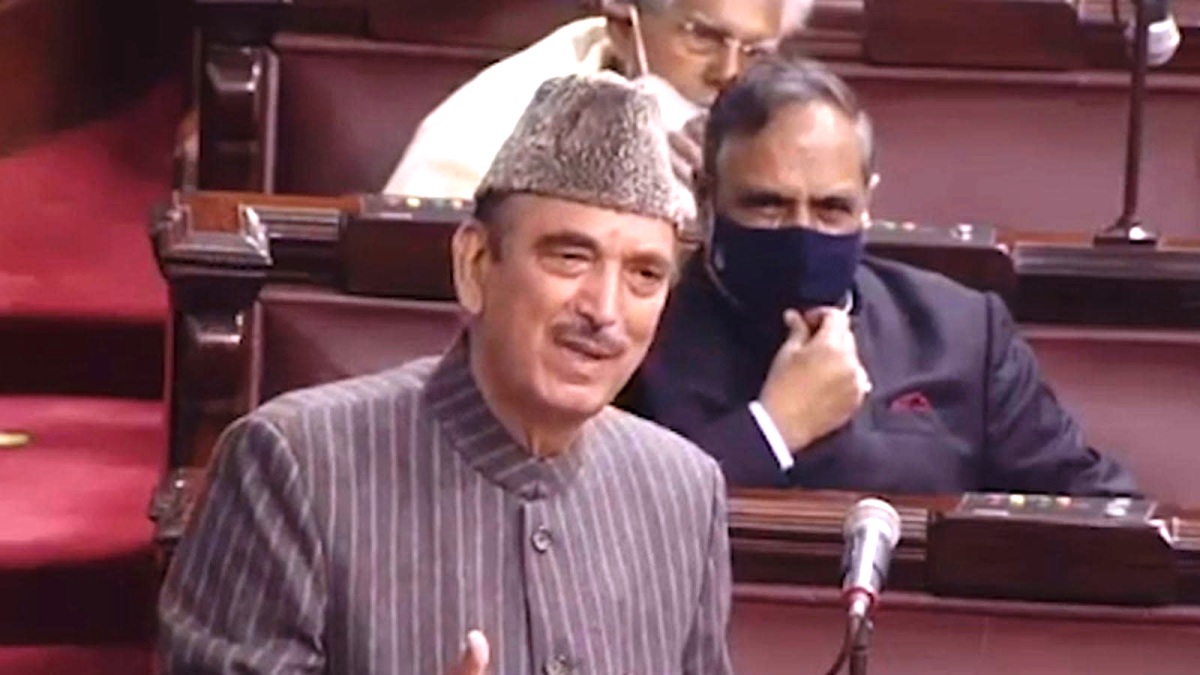visit because of their faith. It can also be hardly disputed that huge revenue is generated as a result of visit of large number of pilgrims to the Holy Cave. The Amarnath Shrine Board receives huge amount of money not only by way of offerings but also from the charges/fee it takes from the pony-owners, palkiwallahs as well as the helicopter services
available between Baltal and Panchtarni.
It is also evident that there is a complete lack of adequate essential amenities and facilities for the yatris who come to pay their tribute at the ‘Holy Cave at Amarnath’. Lack of medical facilities and limitations of the officers/officials of the Forces are some other facets which need to be considered by the concerned authorities.
It also appears to be a very sensitive place from the environmental point of view and in terms of the provisions of
the Environment Act, 1986 and the constitutional obligation placed upon the concerned authorities, it is expected that proper measures be taken to prevent such high death rate controlling pollution and providing the requisite facilities and improving the services required for successful completion of such yatras.
It is expected of a Government and the concerned authorities to devote more attention and provide appropriate
amenities and facilities to protect the life of the individuals, the environment as well as ensure to make the yatra effective and successful, preferably without any human casualty. The authorities cannot shirk from their responsibility of providing minimum essential facilities including medical assistance, roads and other necessary infrastructure. Visit of lacks of people to the State of Jammu & Kashmir generates revenue for the State, in
fact, for the residents of that State and add to the need for better tourism facilities. The authorities are also expected to
better equip the Forces posted at the holy cave, base points and
en route to the holy cave.
It is a settled canon of constitutional law that the doctrine of sustainable development also forms part of Article
21 of the Constitution. The ‘precautionary principle’ and the ‘pollutor-pays principle’ flow from the core value in Article 21. The Supreme Court in its judicial dictum in the case of Glanrock Estate Pvt. Ltd. vs. State of Tamil Nadu (2010) 10 SCC 96 has held “forests in India are an important part of the environment. They constitute a national asset and intergenerational equity is also part of the Article 21 of the Constitution and cautioned that if deforestation takes place rampantly, then intergenerational equity would stand violated.
Right to life is enshrined under Article 21 of the Constitution which embodies in itself the right to live with
dignity. The State is not only expected but is under a constitutional command to treat every citizen with human dignity and ensure equal treatment to all. In our considered view and as demonstrated by these newspaper reports, inhuman, unsafe and undesirable conditions are prevailing at the base camps and en route to the holy cave. The yatris do have a right and the State is under constitutional obligation to provide safe passages, proper medical aid, appropriate arrangement and at least some shelter to the thousands of yatris visiting the holy cave every day. They are also expected to equip the forces deployed with appropriate equipments facilities and the authorities should ensure that no untoward incident occurs at the holy places. In our view, the following questions arise for consideration of the Court: –
1. Whether there exists proper medical facilities to prevent human casualties. Further to provide emergency medical aid in the event of these yatris falling sick because of cardiac and other related problems.?
2. What steps are being taken and have been taken to protect the environment in that area?
3. What essential amenities have been provided at the base camps and en route to the holy cave keeping in view that
lakhs of people are visiting the shrine every day.
4. What measures are being taken and methods being adopted for collection and disposal of the waste including domestic and human waste generated by the yatrisen route and around the holy cave?
5. What are the facilities and equipments available, particularly for protecting or treating conditions such as dyspnoea, cardiac arrest and other heart related problems.
6. What is the cause for such high casualty rate and whether there exists the required medical equipments to ensure that in future such casualties can be avoided?
7. What measures and means are available with the authorities on ground for handling such huge crowd and why seven times the requisite number of people coming to visit the cave per day are being permitted and if so, whether there is
requisite infrastructure at the site for handling such huge crowd?
The time intervening the previous and the current year clearly demonstrates that the authorities have not taken any
effective and appropriate measures for protecting the life of thousands of devotees who visit the holy cave during this limited period, despite the print media repeatedly bringing this to the notice of all concerned. Thus, within the constitutional mandate of Article 21, this Court would have no option but to pass appropriate directions.
All these aspects need to be taken care of by the concerned authorities certainly with greater emphasis and they cannot escape their obligation to provide minimum essential facilities including roads as an approach to the holy cave. They are expected to equip their Forces posted in an around the cave so as to have complete human dignity for the persons working there as well as for the pilgrims coming to the holy cave. They are also expected to make appropriate arrangements for darshans at the holy cave so as to avoid health hazards and injuries,
provide proper paths and one-way system passages to the pilgrims to the Holy Cave. Therefore, taking suo motu notice of the articles which are placed below and to appropriately deal with this serious subject, answer the above questions and evolve solutions within the framework of law, we require the following to appear and answer before this Court:
1. Union of India, through its Secretary.
2. Ministry of Environment and Forests, through its Secretary
3. State of Jammu and Kashmir, through its Chief Secretary.
4. Chairman/President of the Amarnathji Shrine Board.
Issue notice, returnable within a week. Dasti.”
2. The notice was served upon the concerned respondents. The respondents filed their respective replies by way of affidavits on record. Vide order dated 20th July, 2012, when the petition was called on for hearing, the Court, after hearing the counsel appearing for the parties at some length, while noticing the lack of public amenities, facilities, health care and particularly the high rate of mortality and the need to take immediate and effective steps to remedy the same, constituted a Special High Powered Committee (for short ‘SHPC’). This SHPC consisted of representatives from different Ministries of the Union of India, Chief Secretary and other officers of the State of Jammu and Kashmir, Director Generals of the Border Security Force and the Border Roads Organizations etc. The SHPC was expected to visit the site and make its recommendations in the form of a Report to the Court inter alia, on the following points: –
“1. Construction of proper passages, wide enough and with due support on both sides, for the traffic of pedestrian yatris, or horses and by palkis from Panchtarni to the Holy Cave.
2. Providing one-way passage with separate tracks, one for pedestrians and other for horses, carriages and palkis near the Shrine.
3. Providing of health check-up facilities on both the passages from baltal and Panchtarni to the Holy Cave.
4. Providing of proper public amenities and facilities on way and at the lower end of the glaciers near the Holy Cave.
5. All such other steps which are required to be taken for preventing unfortunate deaths of the yatris, going on yatra, to the Holy Cave.
6. Deployment of more forces and to provide better conditions of service for the members of the forces, posted on way and at the Holy Cave.
7. Environmental Impact Assessment.
8. The manner and methods to be adopted to attain the above, with least damage or interference with the environment of the entire zone right from Baltal to the Holy Cave from different routes.
9. Deployment of more medical teams, at regular distance on all the passages leading to the Holy Cave.
10. Registration of yatris at Jammu, Srinagar, Baltal and Panchtarni.
11. It should also consider the possibility of limited number of yatris being released from Srinagar to Baltal to ensure better management, hygiene, healthcare and betterment of the yatris, who stay there overnight.
12. Medical examination at the time of registration and on way.”















